Endpoint Security: Protecting Your Devices From Malware, Ransomware, and Other Threats
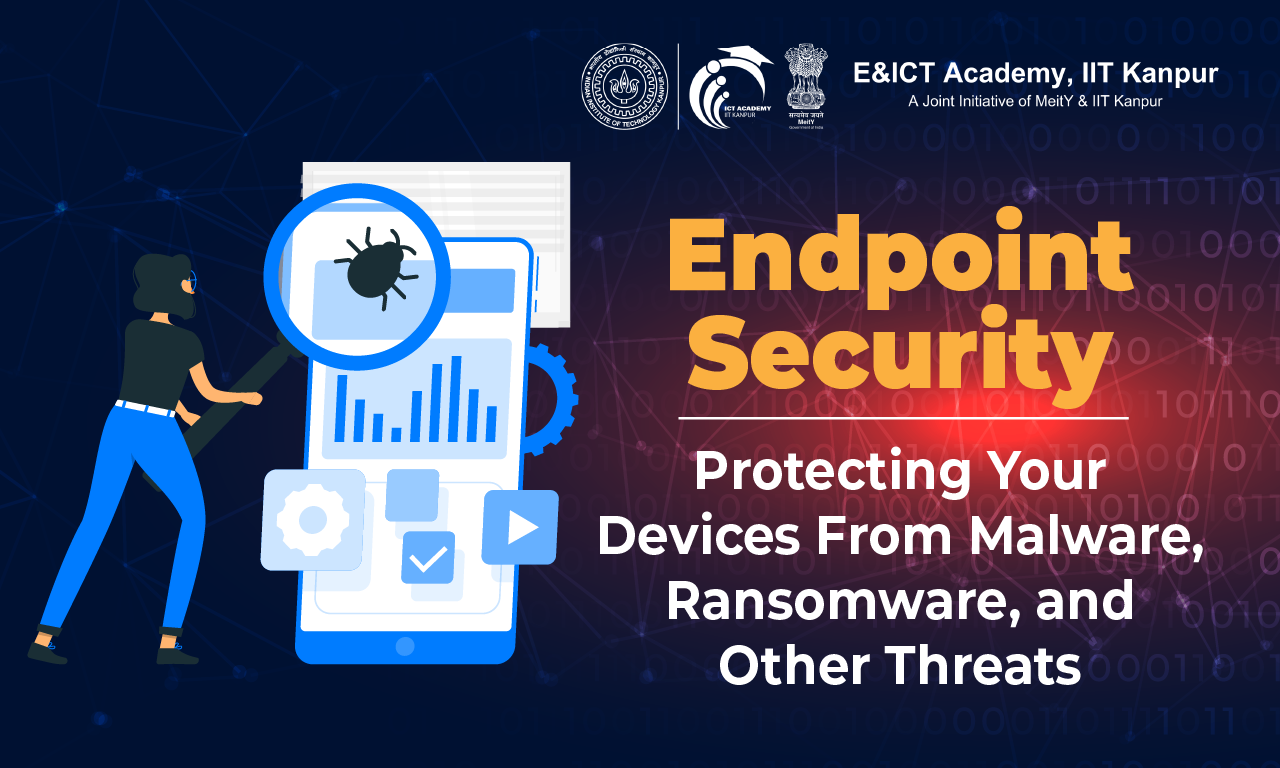
In today’s digital age, ensuring the security of our devices has become more crucial than ever before. With the constant threat of malware, ransomware, and other cyber threats, it is essential to implement effective endpoint security measures to safeguard our valuable data and protect ourselves from potential harm. This article will provide you with a comprehensive understanding of endpoint security and offer valuable insights on how to protect your devices from various online threats.
Table of Contents
- Introduction
- Understanding Endpoint Security
- Common Types of Threats
- Malware
- Ransomware
- Phishing Attacks
- Importance of Endpoint Security
- Key Endpoint Security Measures
- Antivirus and Anti-Malware Software
- Regular Software Updates
- Strong Passwords and Authentication
- Firewall Protection
- Employee Education and Awareness
- Best Practices for Endpoint Security
- Implementing Multi-factor Authentication
- Encrypting Sensitive Data
- Regular Backups
- Network Segmentation
- Incident Response Planning
- The Role of Endpoint Security in Business Environments
- The Future of Endpoint Security
- Conclusion
- Frequently Asked Questions
1. Introduction
In a world driven by technology, our devices have become an integral part of our lives. From smartphones and laptops to Internet of Things (IoT) devices, we rely on these endpoints to stay connected, be productive, and access valuable information. However, with the increasing sophistication of cyber threats, the security of our devices is constantly at risk. Endpoint security focuses on protecting these devices and preventing unauthorized access, data breaches, and other potential risks.
2. Understanding Endpoint Security
Endpoint security refers to the practice of securing the various endpoints or devices connected to a network, including desktops, laptops, mobile devices, servers, and IoT devices. It involves a combination of hardware and software solutions designed to detect, prevent, and respond to security threats targeting these endpoints. The goal is to protect devices from malware infections, data breaches, unauthorized access, and other malicious activities.
3. Common Types of Threats
-
Malware
-
Ransomware
-
Phishing Attack
Malware, short for malicious software, is a broad term that encompasses various types of harmful software such as viruses, worms, trojans, and spyware. These malicious programs are designed to disrupt the normal functioning of a device, steal sensitive information, or gain unauthorized access to systems. Malware can enter your device through infected email attachments, malicious websites, or compromised software.
Ransomware is a type of malware that encrypts the files on your device and holds them hostage until a ransom is paid. It can be devastating for individuals and businesses, as it can result in the loss of critical data and financial implications. Ransomware attacks often occur through phishing emails, drive-by downloads, or exploiting vulnerabilities in outdated software.
Ransomware is a type of malware that encrypts the files on your device and holds them hostage until a ransom is paid. It can be devastating for individuals and businesses, as it can result in the loss of critical data and financial implications. Ransomware attacks often occur through phishing emails, drive-by downloads, or exploiting vulnerabilities in outdated software.
4. Importance of Endpoint Security
Endpoint security plays a crucial role in safeguarding our devices and the data they contain. By implementing robust endpoint security measures, we can mitigate the risks associated with malware infections, data breaches, and unauthorized access. Endpoint security ensures the confidentiality, integrity, and availability of our devices and data, providing peace of mind and reducing the potential impact of cyber threats.
5. Key Endpoint Security Measures
To effectively protect your devices from malware, ransomware, and other threats, it is essential to implement the following key endpoint security measures:
-
Antivirus and Anti-Malware Software
-
Regular Software Updates
-
Strong Passwords and Authentication
-
Firewall Protection
-
Employee Education and Awareness
Installing reputable antivirus and anti-malware software is the first line of defense against malicious programs. These tools scan your device for known threats, detect suspicious activities, and quarantine or remove any identified malware. Regularly update your antivirus software to ensure it can detect the latest threats effectively.
Keeping your operating system and software applications up to date is crucial for maintaining a secure environment. Software updates often include security patches that address vulnerabilities and protect against known exploits. Enable automatic updates whenever possible to ensure you have the latest protection against emerging threats.
Use strong, unique passwords for all your accounts and devices. Avoid using easily guessable passwords or reusing the same password across multiple platforms. Consider implementing multi-factor authentication (MFA) whenever available to add an extra layer of security.
Enable the built-in firewall on your devices or consider using a dedicated firewall solution. Firewalls monitor incoming and outgoing network traffic, acting as a barrier between your device and potential threats. They can block unauthorized access attempts and filter out malicious traffic.
Educating yourself and your employees about the importance of cybersecurity is crucial. Train them to recognize and report suspicious emails, websites, or activities. Promote good security practices, such as avoiding clicking on unknown links, regularly backing up data, and being cautious while downloading or installing software.
6. Best Practices for Endpoint Security
In addition to the key security measures mentioned above, here are some best practices to enhance your endpoint security:
-
Implementing Multi-factor Authentication
-
Encrypting Sensitive Data
-
Regular Backups
-
Network Segmentation
-
Incident Response Planning
Implement multi-factor authentication wherever possible. This adds an extra layer of security by requiring users to provide multiple pieces of evidence to verify their identity.
Encrypting sensitive data ensures that even if it falls into the wrong hands, it remains unreadable. Use encryption technologies to protect your confidential information, both at rest and in transit.
Regularly back up your data to an external storage device or a cloud-based backup service. This ensures that even if your device is compromised, you can still recover your important files and minimize the impact of a potential data loss.
Segmenting your network helps isolate devices and restricts access to critical resources. This reduces the risk of lateral movement by attackers and limits the potential damage of a successful breach.
Develop an incident response plan that outlines the steps to be taken in the event of a security incident. This includes procedures for detecting, containing, eradicating, and recovering from a potential breach. Regularly test and update your incident response plan to ensure its effectiveness.
7. The Role of Endpoint Security in Business Environments
Endpoint security is of utmost importance in business environments, where multiple devices are connected to a network. A successful cyber attack can have severe consequences, including financial losses, reputational damage, and legal implications. Organizations should implement comprehensive endpoint security strategies, including robust policies, employee training, and proactive threat detection and response mechanisms.
8. The Future of Endpoint Security
As technology continues to evolve, so do cyber threats. The future of endpoint security lies in proactive and intelligent solutions that can anticipate and prevent emerging threats. Artificial intelligence and machine learning will play a vital role in identifying and mitigating potential risks in real-time, enhancing the overall security posture of devices and networks.
9. Conclusion
Endpoint security is a critical aspect of protecting your devices from malware, ransomware, and other threats. By implementing a combination of security measures, including antivirus software, regular updates, strong passwords, firewalls, and user education, you can significantly reduce the risk of a security breach. Stay proactive, keep your devices protected, and prioritize the security of your valuable data.
Frequently Asked Questions
Q1: How often should I update my antivirus software?
It is recommended to update your antivirus software at least once a day or enable automatic updates to ensure you have the latest protection against new threats.
Q2: Are free antivirus programs effective?
While free antivirus programs can provide basic protection, they may not offer the same level of security as premium solutions. Consider investing in a reputable antivirus software for comprehensive protection.
Q3: Can ransomware affect mobile devices?
Yes, ransomware can target mobile devices, including smartphones and tablets. It is essential to exercise caution while downloading apps or clicking on links to avoid potential ransomware infections.
Q4: What should I do if I suspect a phishing email?
If you suspect a phishing email, do not click on any links or provide any personal information. Report the email to your organization’s IT department or the appropriate authorities.
Q5: Why is employee education important for endpoint security?
Employee education is crucial because most security breaches occur due to human error or lack of awareness. By educating employees about cybersecurity best practices, you can significantly reduce the risk of successful attacks.
Recommended Courses
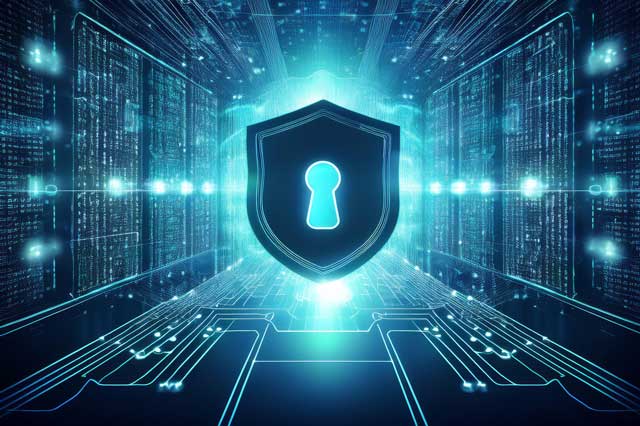
CISSP - Introduction to Information Security

Computer Hacking Forensic Investigator (CHFI)

Cyber Security
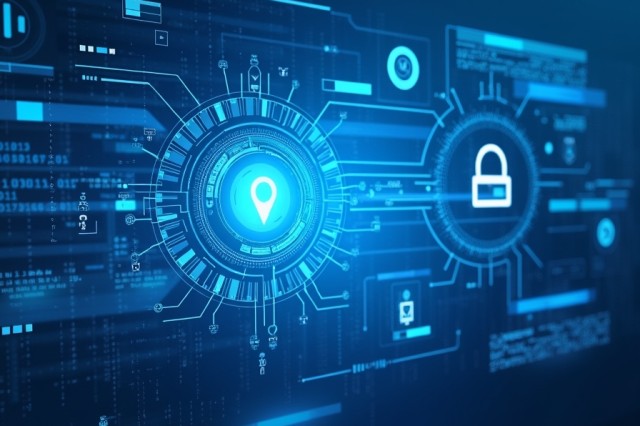
Cyber Security Ethical Hacking
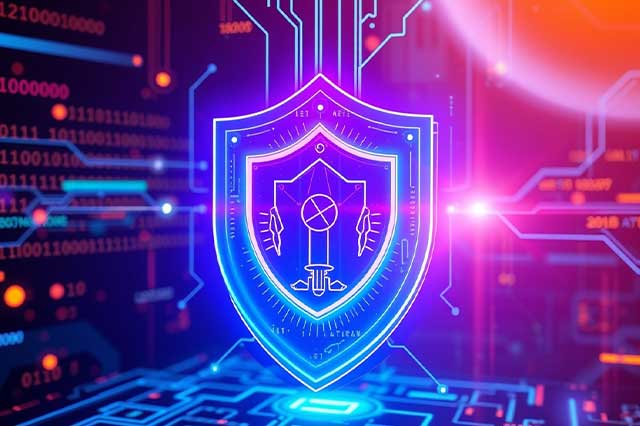
Cyber Security using AI

Ethical Hacking For Beginners
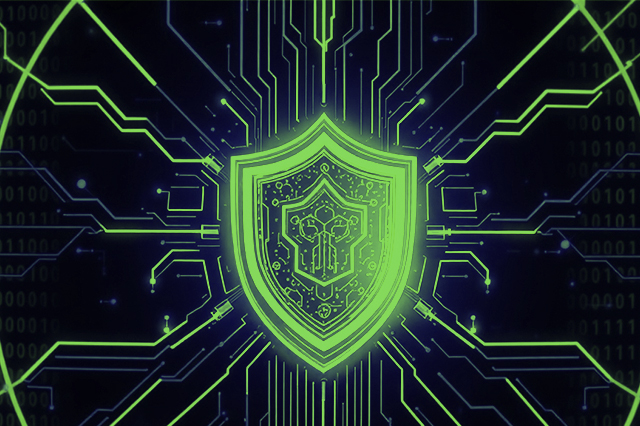
Gen AI in Cyber Security

Introduction to Cryptography for Beginners

Introduction to Cybercrime


